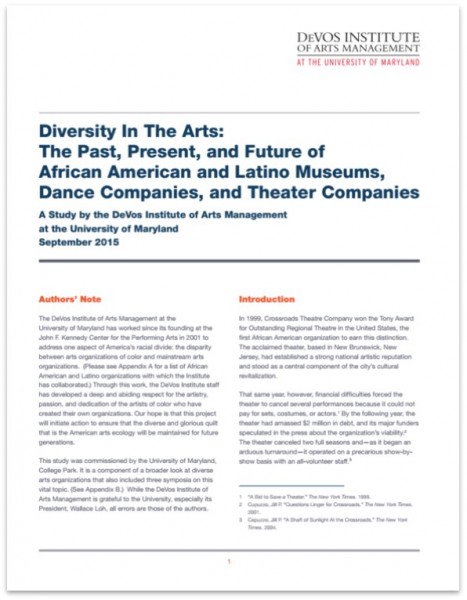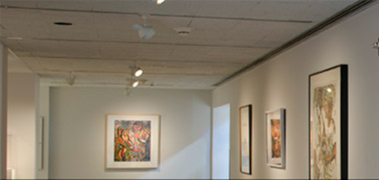PERSPECTIVE: Freedom’s Just Another Word For…
/by Rich Hollant
Music.
Around the time the State of Connecticut and the City of Hartford were releasing bleak news of their respective budgets, Joey Batts, a Hartford Public School teacher, released a video wherein for 3 minutes 22 seconds he sang his heart out about his affection for the Capital City. The ditty was entitled, “Hartbeat: A Love Letter for Hartford”. You should give a listen—you’ll be inspired. Set against a gritty-yet-hopeful portrayal of our streets, Joey Batt’s rhymes didn’t look at the Hartford neighborhoods with rose-colored glasses, but rather with objectivity brought to focus by real love. At this writing, the video has 1,083 shares on social media and has accrued 54,921 unique views—that’s nearly half our city. Imagine that.
 Dance.
Dance.
At about the same time, I was paying attention to Arien Wilkerson, the 20-something artistic director of the Hartford-based troop, Tnmot Aztro. His ensemble had been dazzling audiences with wildly collaborative and awe-inspiring feats of syncopated brilliance. As the budget news dominated the headlines, Wilkerson was provoking the established media and city leadership in support of two opportunities critical to his success: press coverage of dance and greater access to performance venues. The self-generated tension in his pleas missed the intended mark, but it didn’t matter. Tnmot Aztro would become not just the first local dance troop to perform at the contemporary art space, Real Art Ways, they would do so for 3 solid sold-out performances.
 Art.
Art.
Against the backdrop of the General Electric exodus, union negotiations, and looming austerity budgets, co:lab launched Parkville Studios, a residency program for recent Connecticut art school graduates. Eventually, we will install a 360° mentoring program where the resident cohorts will support high school students interested in an arts education while the residents, themselves, will receive guidance from private collectors, gallery owners, and curators from throughout the Northeast. We’ll do this soon, but not right now.
Right now, we are motivated by a sense of urgency to keep the brightest of our emerging creative talents painting, drawing, and searching for their voice right here in Hartford. Our priority is to offer them the space to generate their indelible contributions to our culture. This priority is as benevolent as it is self-serving because if you care about a community’s ability to heal, or about equity finding its level, or about the pursuit of the elusive “Better World”, then you can do no better service to your own ideals than to double up your investment in creative expression. The timing is irrelevant. Do it because it needs doing—because it changes everything.
Wonder.
That’s what creativity does—it moves us to action. Yet in a down economy, the knee-jerk reaction has been to cut spending on the things that are deemed to be superfluous, limiting expenditures to the “essentials”. Among the first things to go are outreach through marketing and the fostering of the creative part of our culture. That approach is unsustainable. Take another look at the anecdotes above. This is how our community is primed to be reached—through song, through movement, through the paint and textures that represent the essence of who we are right here and right now. When things are tough, we need to stimulate more imagination, not less. We need more lifting up, more hope-giving. We need the new creative people up in front because they conduct the movement. If I were in dire straits, I’d want a New Orleans style marching band like Hartford Hot Several co-opting George Michael songs on the bow. Seriously—we’d levitate.
Invest boldly.
_______________________________________
Rich Hollant is the principal, strategist and a design director at co:lab, a firm he started in 1988. co:lab helps organizations committed to social value tackle the big questions that lead to greater awareness, purposeful motivation, and deeper loyalty.
PERSPECTIVE commentaries by contributing writers appear each Sunday on Connecticut by the Numbers.
LAST WEEK: The Economic Impact of Not Investing in Social Purpose Leadership



 A survey to which 29 of the 60 black and Latino arts groups in the study replied showed that the median percentage of donations coming from individuals was 5%. The norm is about 60% for big mainstream arts organizations. “This is the most important single statistic in the study,” the report says. Minority arts organizations also trailed when it came to box office receipts and other earned revenue. Earned money accounted for 40% of their revenue, compared with 59% for the big mainstream groups.
A survey to which 29 of the 60 black and Latino arts groups in the study replied showed that the median percentage of donations coming from individuals was 5%. The norm is about 60% for big mainstream arts organizations. “This is the most important single statistic in the study,” the report says. Minority arts organizations also trailed when it came to box office receipts and other earned revenue. Earned money accounted for 40% of their revenue, compared with 59% for the big mainstream groups.



























